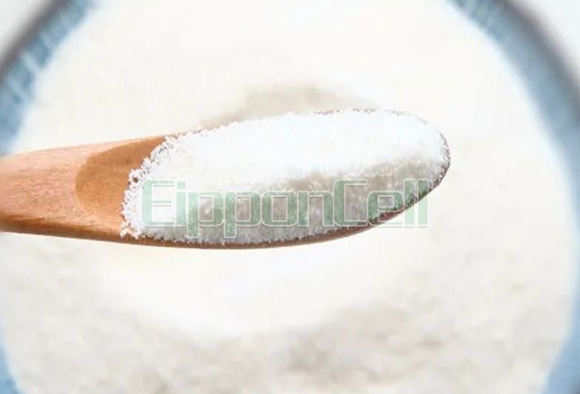What Do You Know about HPMC and HEMC?
Cellulose is the oldest and most abundant natural polymer on earth. It is an inexhaustible natural resource for mankind. Cellulose is inexpensive, abundant raw material, biodegradable, low heat generation, non-toxic and biocompatible.
Cellulose is the oldest and most abundant natural polymer on earth. It is an inexhaustible natural resource for mankind. Cellulose is inexpensive, abundant raw material, biodegradable, low heat generation, non-toxic and biocompatible. The basic ring of the cellulose macromolecule is dehydrated glucose, with the molecular formula (c6h1005)n. It contains 44.44% carbon, 6.17% hydrogen and 49.39% oxygen. Each glucose residue ring contains three alcoholic hydroxyl groups, including two secondary and one primary, which play a decisive role in the properties of cellulose. A range of cellulose derivatives can be obtained by chemical modification of cellulose. Cellulose ethers can be obtained from natural cellulose by alkalinisation, etherification.
Cellulose ethers are one of the most important derivatives of cellulose. It is widely used in the food, pharmaceutical, cosmetic, building materials, paper, paint, textile printing and dyeing, daily chemical industry, oil extraction and other industries. It is characterised by its solubility, viscosity, stability, non-toxicity and biocompatibility. There are different classifications of cellulose ethers depending on the type of substituent, ionisation and solubility. The substituent groups on cellulose ethers have a strong influence on their properties. Depending on the substituent group, cellulose ethers can be classified as MC, HEC, CMC, Boron Trifluoride, HEMC, etc.

Structure
HPMC
Hydroxypropyl methyl cellulose (HPMC) can be produced from refined cotton, wood pulp, methyl and polyhydroxypropyl ether of cellulose. It is prepared by etherification of cellulose with propylene oxide and chloroform. The methoxy group on methyl chloride replaces the hydroxyl group on the glucose ring, and the hydroxyl group is replaced by hydroxypropoxy and chain polymerization occurs. HPMC has the characteristics of thermal gel, its solution has no ionic charge, does not interact with metal salts or ionic compounds, has strong mould resistance, and has good dispersion, emulsification, thickening, adhesion, water retention and gel retention properties.
HEMC
The production and preparation of hydroxyethyl methyl cellulose (HEMC) is slightly different from that of HPMC. After the cellulose is alkalized, propylene oxide is replaced by ethylene oxide to replace the hydroxyl group on the glucose ring. Compared with HPMC, the chemical structure of HEMC has more hydrophilic groups, so it is more stable at high temperature and has good thermal stability. Compared with the common HPMC cellulose ether, it has a relatively higher gel temperature and has an advantage over high temperature. Like HPMC, HEMC has good mildew resistance, dispersion, emulsification, thickening, adhesion, water and glue retention.
Physical and chemical properties
The physical and chemical properties of the standard include: appearance, fineness, dry weight loss, sulfate ash, pH value, solution transmittance, solution viscosity, gel temperature and group content (excluding mortar application test).
Appearance, fineness, weight loss on drying, sulphate ash, pH value and transmittance of solution, viscosity, etc. are related to the model and function of the product. The level of different manufacturers is different, so it is not discussed here.
The above information is provided by the hpmc supplier.